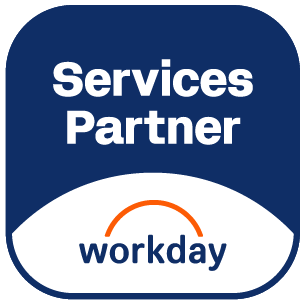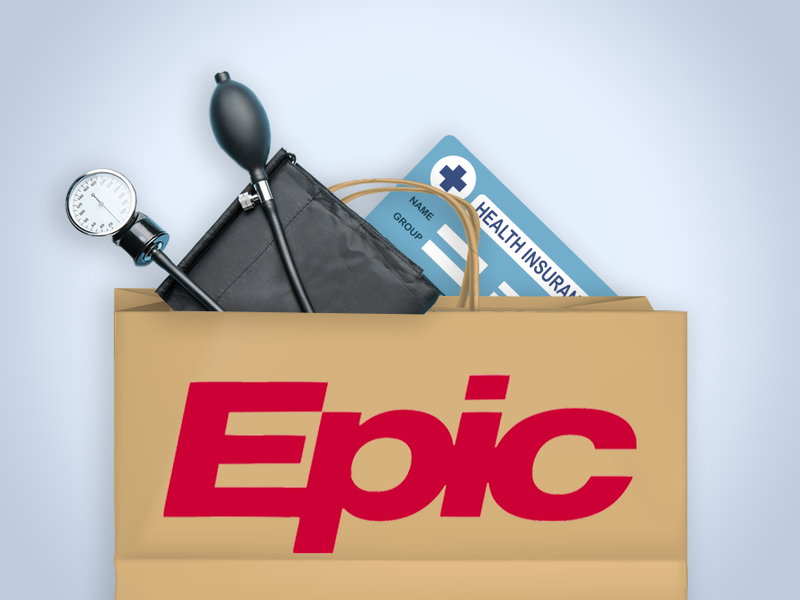Gearing up for our upcoming Workday implementation has been an adventure, to say the least. I’m amazed when I look back and reflect on all of the things, I’ve learned so far.
But when people ask me about the most important challenge for HR leaders to address during a Workday implementation, I always go back to the same thing.
Culture.
Of course, transitioning to a new HCM is a big project — one that will inevitably have some effect on the organizational culture.
What many leaders don’t realize is the actual magnitude of this effect and all of the ways it changes the way teams and employees work.
Below I’ve mapped out some of the main ways your Workday implementation can affect organizational culture — for better or worse.
Your Workday implementation isn’t magic.
We all have high expectations for a transformation project of this scale, but it’s important to remember that Workday is a platform. It has the potential to add an entirely new level of capabilities to your workforce, but it’s not a magic trick.
If you simply copy and paste your old processes into your new HCM, not much will change.
The opportunity to shift the culture in a positive direction lies in process creation.
For example, maybe you currently lack a clear process for onboarding new employees. We all know how critical it is to provide an engaging and productive onboarding experience. While you’re customizing your Workday system, you can use that opportunity to design and implement a new onboarding model.
Process creation forces you to answer challenging questions.
The example above describes a clear opportunity to improve the employee experience.
However, designing some processes will raise new challenges to the surface — the effects of which can have a broad impact on the organizational culture.
One thing our project team had to confront when designing our key processes on Workday is deciding who will have visibility into what information.
For example, at which level will managers be able to see employee salaries? Who will control the process of initiating promotions? Who will have visibility into an employee’s performance review?
When designing processes that answer these questions, you’re not just making technical changes, you’re making decisions that affect management and hierarchies.
You have to ensure your managers are prepared for this level of transparency and the new responsibilities that come with it. Otherwise, you’ll face the consequences of information misuse and lack of accountability.
Empower your employees with a ‘single source of truth’.
One of the things I’m most excited about in our Workday implementation is finally having all of the resource’s employees need in one place.
In the modern workplace, there’s an urge to add as many apps and dashboards as possible.
But when your information is spread out across a lot of disparate systems, the task of updating, monitoring, and analyzing data accurately becomes incredibly difficult.
Imagine every time an employee has a question about the organizational chart, work calendar, or candidate referrals, they automatically ask an HR employee. By establishing Workday as the single source of truth, you create a culture of self-service and empowerment.
Take a proactive approach to change management.
Merging the functionality of many apps into one platform — Workday — means employees have to say goodbye to systems that they’re used to using.
We realized that sunsetting these systems could generate a fair amount of anxiety and even resistance among employees throughout the organization. But by anticipating this in advance, we can also prevent it.
By making user onboarding a top priority in the Workday implementation process, we’ll have a far better shot at avoiding resistance and providing the easiest possible transition.
Just because a platform has powerful capabilities doesn’t mean it’s intuitive or easy for employees to figure out on their own. Adequate software onboarding is fundamental to a successful roll-out.
Consider the cultural impact at every step of the way.
We’re still learning at every phase and every step as we prepare for the roll-out.
There will be more challenges, more questions, and more opportunities to consider.
As we navigate this exciting journey, we’ve established a key rule. At each touchpoint, we stop and ask, how will this change affect our employees?
It’s imperative for HR leaders to remember that the success of your HCM — no matter which one you choose — is determined by its usage. Your task is to make it valuable to the whole organization and ensure all of the changes it will bring will elevate the employee experience.
By keeping the cultural impact at the center, you can be better prepared for all of the employee challenges that come with a large-scale transition and make your implementation a success.








